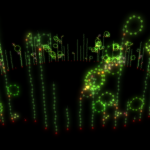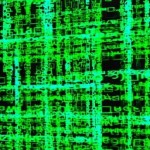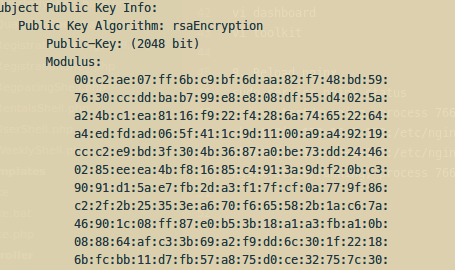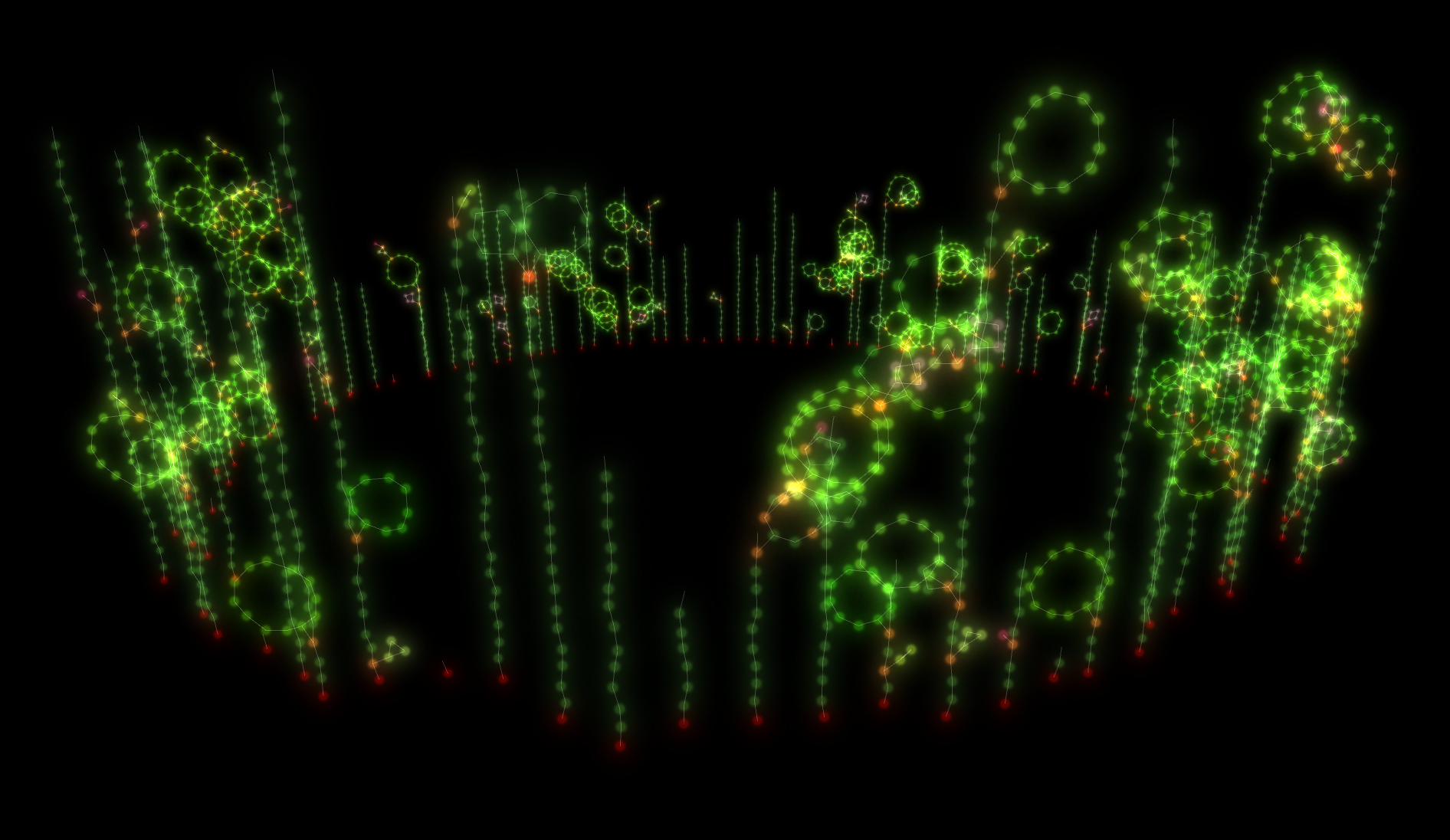
Hey, try to solve this. This is an easy problem to solve.
Problem Level: Easy
Problem Statement:
A palindrome is a word, number, or phrase that reads the same forwards as backwards. For example, the name “anna” is a palindrome. Numbers can also be palindromes (e.g. 151 or 753357).
Additionally numbers can of course be ordered in size. The first few palindrome
numbers are: 1, 2, 3, 4, 5, 6, 7, 8, 9, 11, 22, 33, …
The number 10 is not a palindrome (even though you could write it as 010) but a zero as leading digit is not allowed.
Input:
The input consists of a series of lines with each line containing one integer value i (1 ≤ i ≤2*109).
This integer value i indicates the index of the palindrome number that is to be written to the output, where index 1 stands for the first palindrome number (1), index 2 stands for the second palindrome number (2) and so on. The input is terminated by a line containing 0.
Output:
For each line of input (except the last one) exactly one line of output containing a single (decimal) integer value is to be produced. For each input value i the i-th palindrome number is to be written to the output.
Sample Input Output for Sample Input
1 1
12 33
24 151









